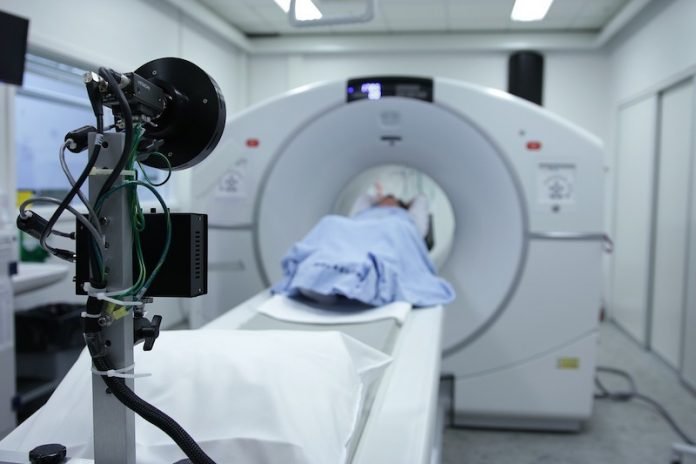
In a new study, researchers found despite a broad campaign among physician groups to reduce the amount of imaging in medicine, the rates of use of CT, MRI, and other scans have continued to increase in both the U.S. and Ontario, Canada.
The study is the first of its size to determine imaging rates across different populations.
The research was done by a team from UC Davis, UC San Francisco, and Kaiser Permanente.
Medical imaging is an important part of health care and contributes to accurate disease diagnosis and treatment, but it also can lead to patient harms such as incidental findings, overdiagnosis, anxiety, and radiation exposure that is linked to an increased risk of cancer.
CT scans use ionizing radiation to create images of the inside of the body, and they deliver a radiation dose far higher than a conventional X-ray.
MRIs use magnetic fields and radio waves to create images and do not expose patients to ionizing radiation.
In the study, the team checked more than 135 million imaging exams.
They found that although the growth in imaging slowed in the early 2000s, it ticked back up in recent years for computerized tomography (CT) and magnetic resonance imaging (MRI) in most patient age groups.
A notable exception was a decline in CT use in children in recent years.
The team says like all aspects of medicine, it’s important to make sure imaging is justified, and that the potential benefits are balanced against the potential harms.
These potential harms of false-positive diagnoses and overdiagnoses can impact everyone who undergoes a test and thus need to be considered when imaging is used.
It’s also important to reduce unnecessary imaging in adults given they are also at risk of radiation-induced cancers.
The authors note that potential overuse of diagnostic testing has been addressed with the “Choosing Wisely” campaign launched in 2012 by the American Board of Internal Medicine Foundation and endorsed by 85 professional medical societies.
The effort urges physicians to talk with their patients about whether an imaging study is necessary, free from harm and supported by evidence.
Other initiatives, including by the federal Centers for Medicaid and Medicare Services, have created incentives to discourage overuse of imaging by reducing reimbursement rates for certain scans.
The lead author of the study is Rebecca Smith-Bindman, MD, a UCSF professor.
The study is published in the Journal of the American Medical Association.
Copyright © 2019 Knowridge Science Report. All rights reserved.



